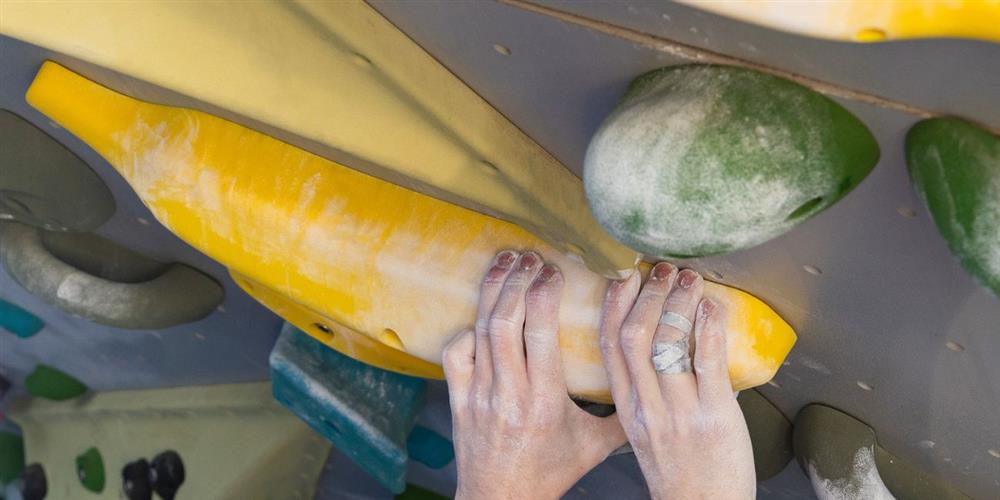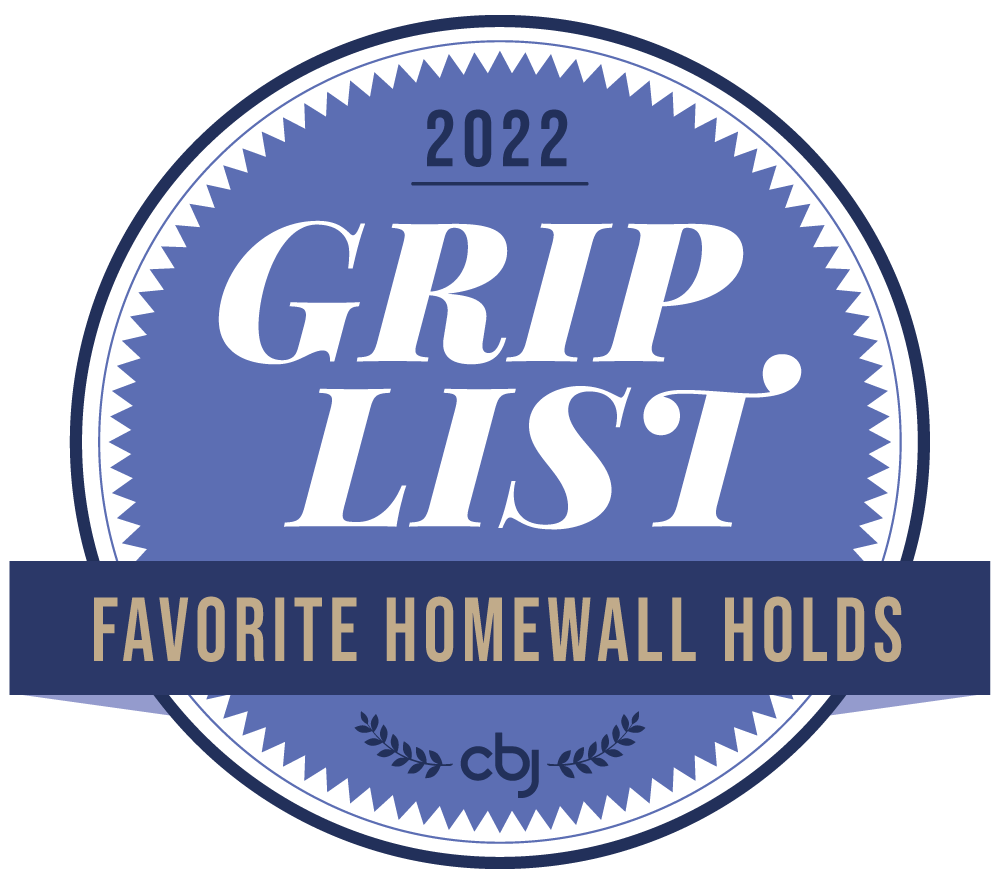Bouldering captivates adults and children with its unique physical challenge and creative problem-solving blend. Unsurprisingly, parents are now considering indoor bouldering walls as a fun and beneficial addition to their children’s rooms. Learn more and determine whether a bouldering wall is right for your child’s room with these insights and tips.
What Makes Bouldering Unique?
Bouldering involves climbing on small rock formations or artificial rock walls without ropes or harnesses. Unlike traditional climbing walls, bouldering focuses on short yet complex routes that require strength, balance, and strategic thinking.
The beauty of bouldering lies in its simplicity and accessibility. Bouldering doesn’t require extensive gear, which makes it easy for parents to set up at home. All these factors make bouldering an engaging and rewarding physical activity for your family.
Benefits of Bouldering for Children
Bouldering offers a multitude of benefits for children, ranging from physical development to cognitive growth. One of the most notable advantages is the improvement in physical fitness.
Climbing challenges various muscle groups, enhancing strength, flexibility, and endurance. It also promotes coordination and balance, crucial for overall motor skills development.
Beyond physical benefits, bouldering also sharpens cognitive and problem-solving skills. Each climb is a puzzle waiting to be solved, requiring children to assess their options, plan their moves, and adapt to new challenges. This mental exercise fosters critical thinking and decision-making abilities, skills that will benefit them on and off the wall.
Additionally, bouldering helps boost confidence and creativity in young climbers. Successfully completing a climb helps your child feel accomplished and self-assured.
Every climb encourages kids to think outside the box and explore different ways to reach their goals, nurturing their creativity and imagination. These experiences contribute to their personal growth and development, making bouldering an enriching activity for children.
Safety for Your Child’s Climbing Wall
When it comes to installing a bouldering wall in your child’s room, safety is paramount. Ensure the wall is stable and securely anchored to prevent any accidents. Choose high-quality materials and hardware designed specifically for climbing purposes. Atomik Climbing Holds has many different kids climbing holds that come in fun shapes and sizes with bolt-on features. Consult with our professionals or experienced climbers during the planning and installation to guarantee a safe setup.
Padding is another essential safety feature for a kid-friendly bouldering wall. Invest in quality landing pads or mats for a soft dismount surface, minimizing the risk of injuries from falls. These pads should cover the entire area beneath the wall and extend beyond the climbing surface to accommodate any unexpected dismounts.
Discuss safety rules for your children to follow. Teach them to climb safely, emphasizing the importance of proper technique and avoiding risky maneuvers. Supervise them when you can, and regularly check the wall to ensure it is stable.

Space Requirements
Space is an important component when installing a bouldering wall in your child’s room. While bouldering walls are customizable to fit different dimensions, assessing the area is essential to ensure there’s enough room for safe climbing and maneuvering.
Ideally, you should have a minimum of 8 feet of vertical space for the climbing wall, but you may need to shorten it depending on your child’s height and age. Additionally, horizontal clearance should be accounted for to accommodate dynamic movements and dismounts. Ensure you have around 6 feet of clear space around the base of the wall to make room for padding and movement.
Age-Appropriate Features
Creating a bouldering wall that caters to your child’s developmental stage is essential for maximizing their enjoyment and safety. Younger children may benefit from simpler routes with larger, more accessible holds that allow them to build confidence and strength. Incorporating Atomik Climbing Holds’ playful shapes and colors can make the climbing experience more engaging and fun for them.
As your child gains experience, introduce more challenging elements to keep them motivated and entertained. Consider adding adjustable holds or volumes that reconfigure to create new routes and problems. This adaptability helps your child hone their skills and explore their limits as they progress in their climbing abilities.
Equipment and Materials for a Bouldering Wall
Building a home bouldering wall requires carefully selecting equipment and materials to ensure safety and functionality. One of the key components is the climbing holds, which come in various shapes, sizes, and textures. Our holds cater to your child’s skill level and preferences, providing a balanced mix of difficulty and engagement.
The wall’s structure is another critical aspect. Plywood is a common choice for constructing the climbing surface due to its durability and versatility. Ensure the plywood is securely anchored to the wall, using appropriate brackets and fasteners to prevent instability.

Integrating the Wall into Your Child’s Room Decor
A well-designed bouldering wall complements your child’s room decor, seamlessly blending with the style and theme. Begin by selecting a color palette for the climbing wall that harmonizes with the room’s overall aesthetic. Soft, neutral tones create a calming atmosphere, while bold, vibrant hues can add a touch of excitement and energy.
The goal is to create a cohesive and visually pleasing environment that enhances your child’s space. Thoughtfully integrate the bouldering wall into the room’s décor to create an inviting and harmonious atmosphere that encourages your child to explore and enjoy their climbing adventures.
Design Ideas
A key factor in creating a successful bouldering wall is designing it visually appealing and engaging for your child. Incorporate a theme or color scheme that reflects your child’s interests makes the climbing wall an exciting focal point in their room.
You can also add interactive elements to further enhance the experience. Consider incorporating chalkboards for drawing and planning routes or even integrating LED lights to create visually striking effects. These additional elements stimulate your child’s imagination and creativity, making the climbing experience more enjoyable.
Maintenance Tips Keeping Your Bouldering Wall Safe and Functional
Regular maintenance is essential to ensure your child’s bouldering wall remains safe and functional. Begin by establishing a routine for inspecting the wall and its components.
Check for loose or damaged holds and tighten or replace them as needed. This will help prevent accidents and ensure a secure climbing experience.
Keep the climbing wall clean. Regularly dust the holds and surface, and consider using a mild cleaning solution to remove dirt and grime.
Potential Challenges What to Watch Out For
While a home bouldering wall provides endless fun and benefits, there are potential challenges. One common issue is space constraints, which may limit the size and complexity of the wall. Explore creative design solutions that maximize your available space, such as modular panels or corner installations.
Be mindful of potential safety concerns. Regular maintenance and supervision are essential to prevent accidents and ensure the climbing environment remains secure.
Incorporating a bouldering wall into your child’s room offers numerous benefits, from physical development to cognitive growth. Carefully considering safety and design will ensure you create a fun and engaging environment. Learn more about designing and building a home bouldering wall by exploring our resources and contacting our professionals.




Leave your comment